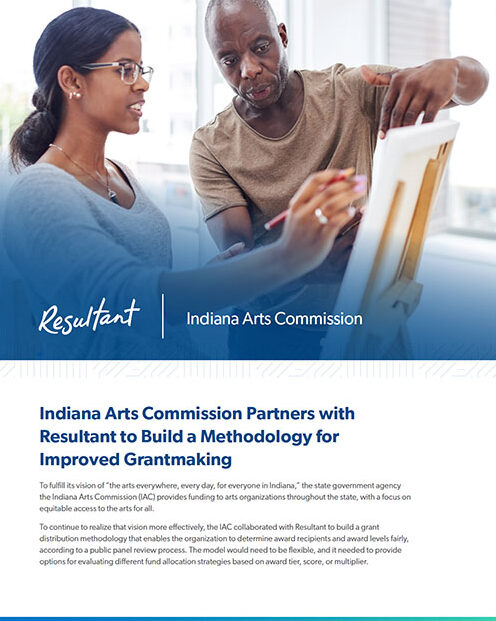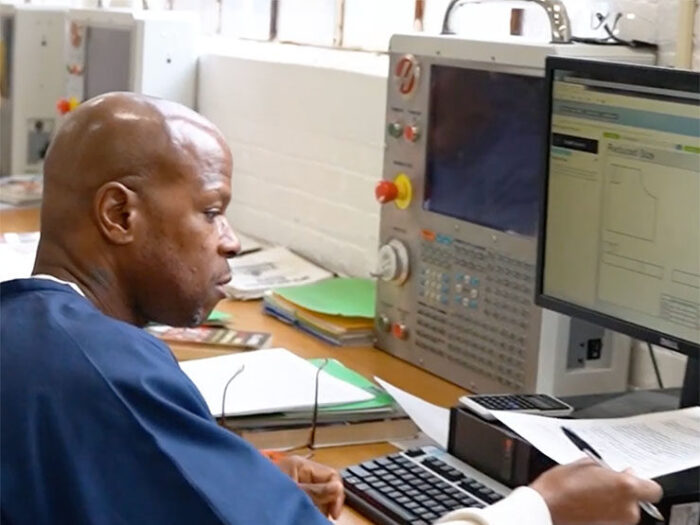To fulfill its vision of “the arts everywhere, every day, for everyone in Indiana,” the state government agency the Indiana Arts Commission (IAC) provides funding to arts organizations throughout the state, with a focus on equitable access to the arts for all.
To continue to realize that vision more effectively, the IAC collaborated with Resultant to build a grant distribution methodology that enables the organization to determine award recipients and award levels fairly, according to a public panel review process.
The Problem
The IAC had been relying on a spreadsheet, trial and error, and staff intuition to allocate its funding to the arts organizations who needed it. And they’d been doing it on a very short timeline, after which they’d present recommendations.
The process worked, but it was incredibly time-consuming and made sharing process and recommendations difficult. The IAC needed a smoother, quicker way to allocate funds.








